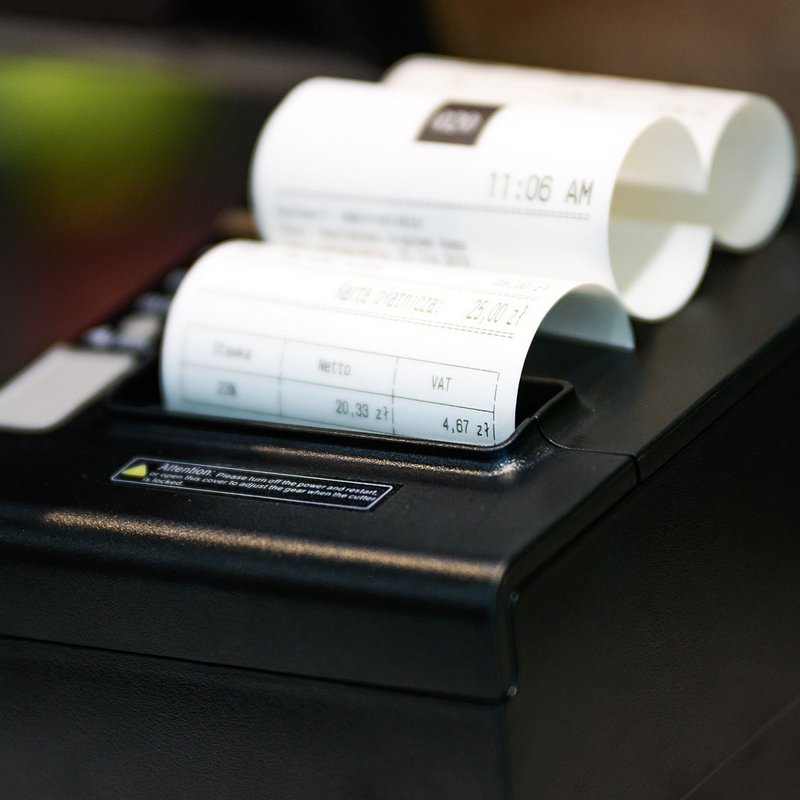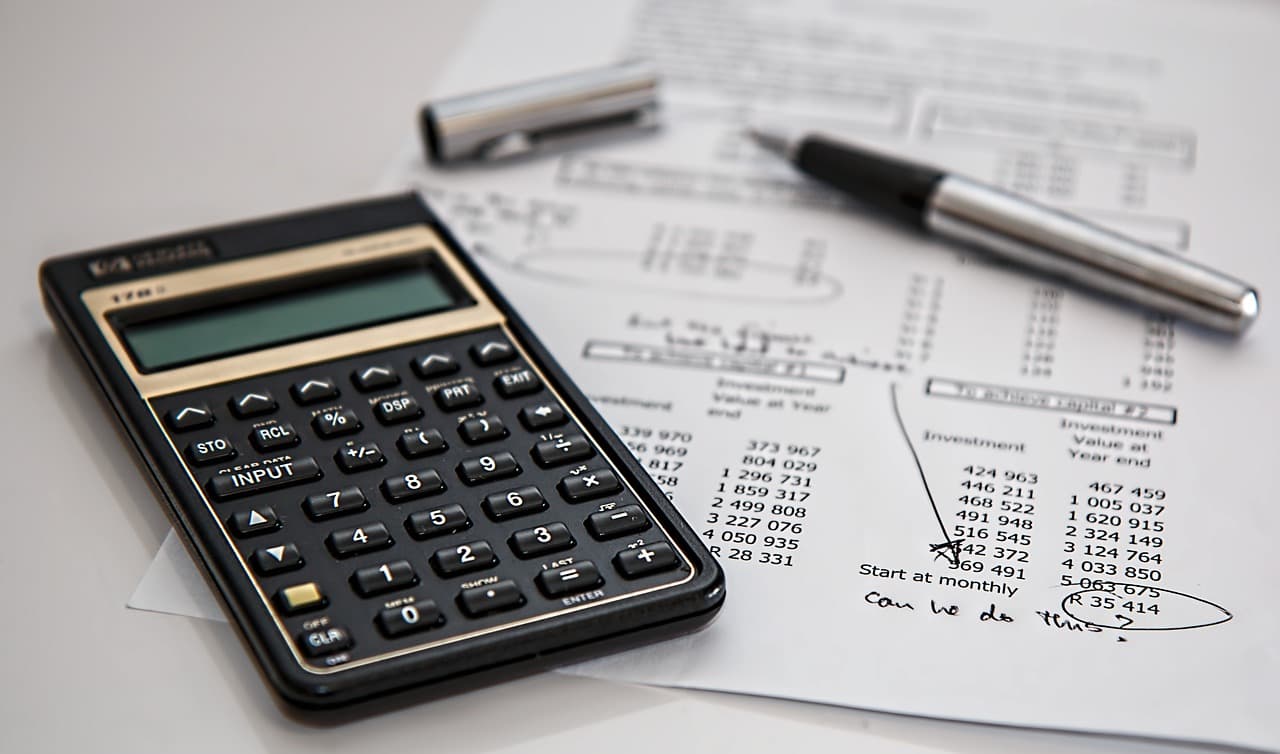U.S. Sales Tax and Use Tax
2020-09-23 | taxes | No Comments

Sales tax is a kind of analog of our usual VAT, an indirect tax imposed on the consumer when buying a product or service. It can be levied both at the state and local level. It often exempts food, utilities, clothing, printed matter, and necessities. Each state has its own list of items that are exempt from sales tax.
As of 2020, 45 states and the District of Columbia collect sales tax. Local sales taxes are collected in an additional 38 states and sometimes there is a situation where these taxes compete or even where local sales tax rates are higher than the state tax rate.
Five states have no sales tax: Alaska, Delaware, Montana, New Hampshire and Oregon. But it should be noted that Alaska allows for local sales taxes in its territory.
The table below shows the 5 states with the highest combined sales tax rate (state + local tax rate) and the 5 states with the lowest.
| Highest average combined Sales Tax | % | Lowest average combined Sales Tax | % |
| Tennessee | 9.53 | Alaska | 1.76 |
| Louisiana | 9.52 | Hawaii | 4.44 |
| Arkansas | 9.47 | Wyoming | 5.34 |
| Washington | 9.21 | Wisconsin | 5.46 |
| Alabama | 9.22 | Maine | 5.50 |
The sales tax is considered the most transparent of all U.S. taxes, it does not need to be calculated and specifically paid, its amount is listed on every receipt accompanying a purchase.
Given that sales tax only applies to purchases within the state, when it comes to the use, storage, or other form of consumption of goods purchased outside the state, the use tax applies. It usually occurs when property is rented out or when large items are purchased and used within the state (a car or equipment to be used within the state).



